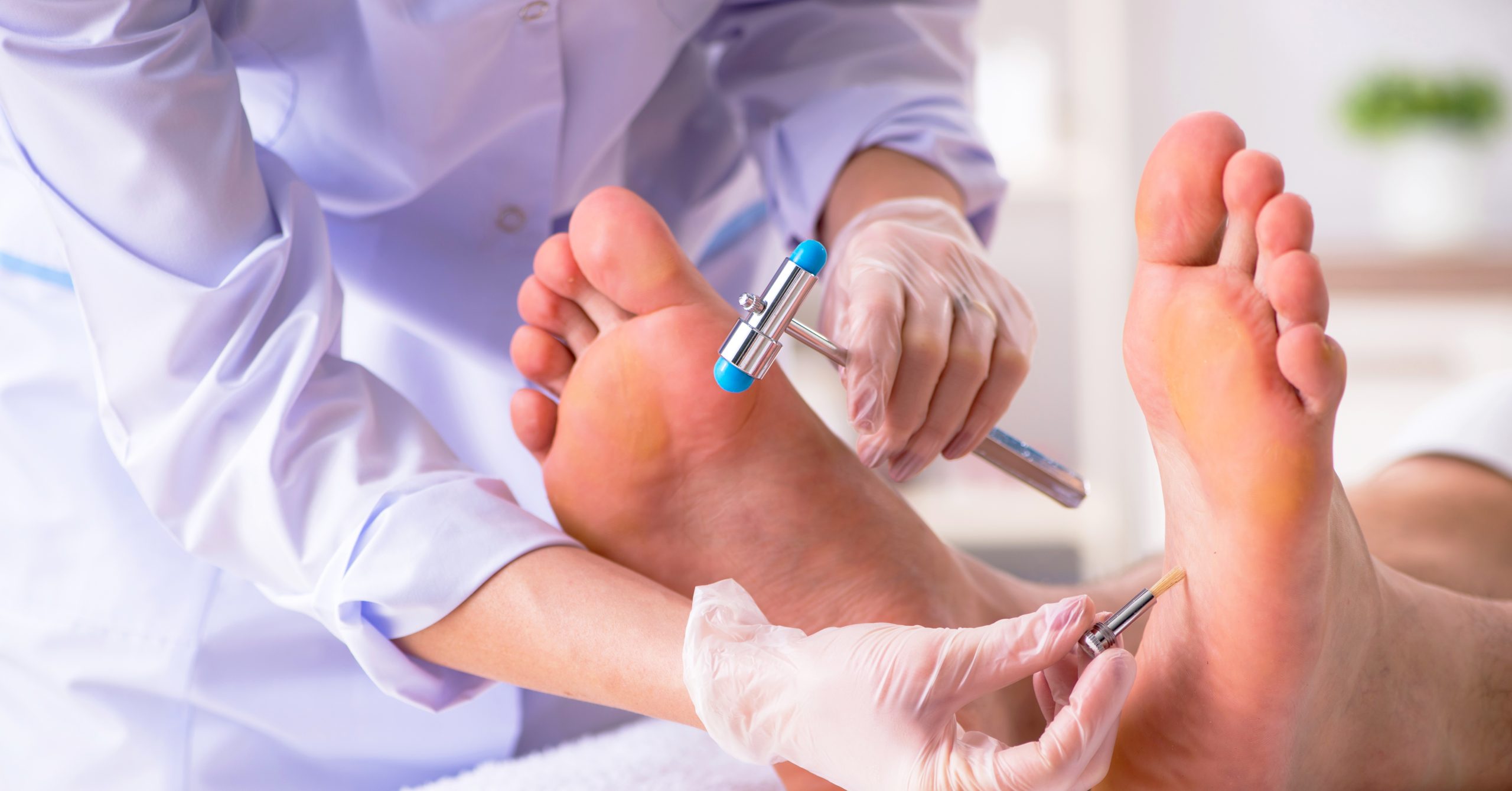
Podiatric Management That Keeps You Moving
Expert foot and ankle treatment in Canberra. Helping you walk, run, and live pain-free.
Podiatric Management You Can Trust
At ACT Podiatry, our experienced team of Canberra-based podiatrists treat everything from general foot pain to complex surgical cases. Whether you're recovering from injury or looking to stay pain-free, we offer accurate diagnosis, personalised care, and expert treatment — all with a friendly, professional approach. With clinics in Weston Creek and Tuggeranong, we're here to help you get back on your feet.
More About Us
Ready to Get Back on Your Feet?
Book your appointment online or reach out to our team — we're here to help.